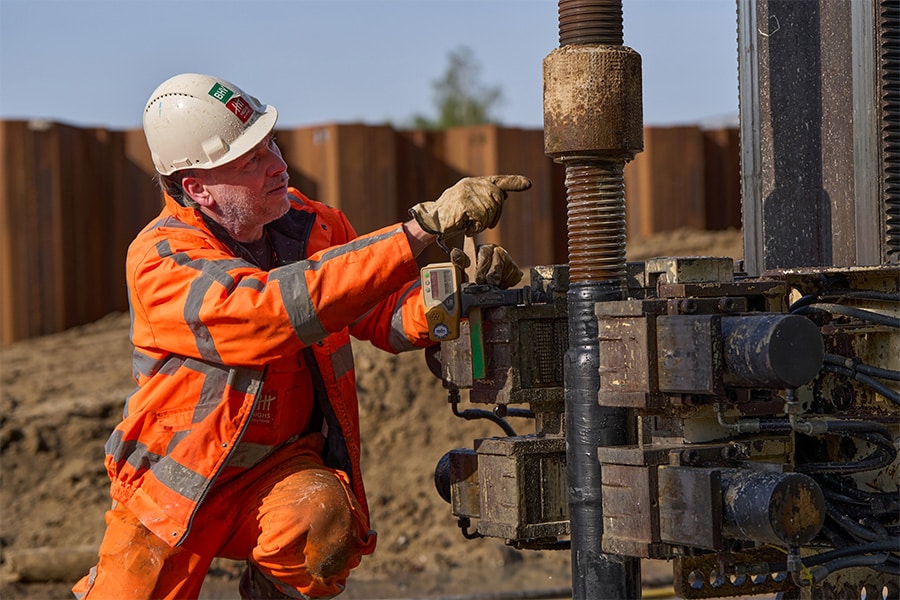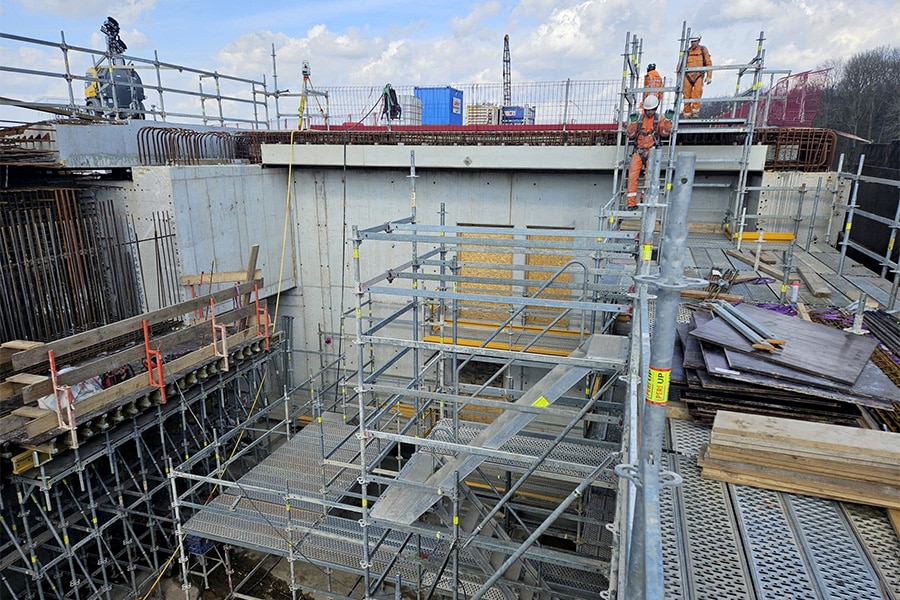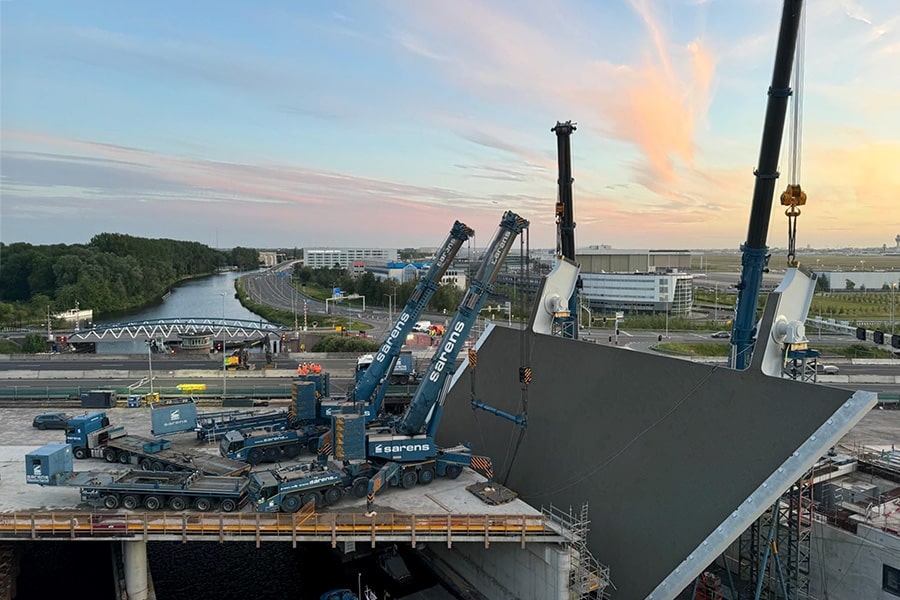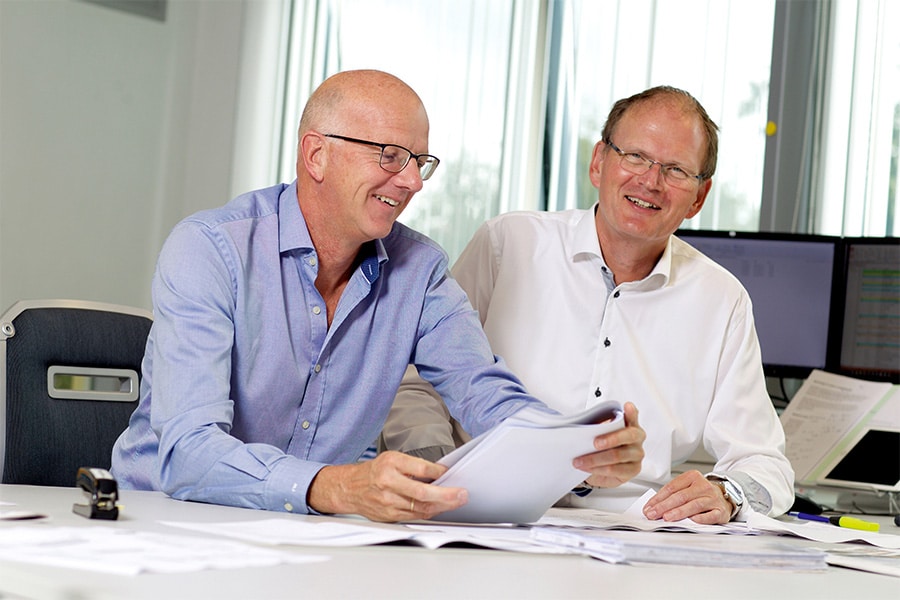
Netherlands ranks internationally as testing ground for electric equipment
The recent climate summit in Glasgow makes it clear how difficult it is to collectively stop global warming. Too bad, because the Dutch equipment sector shows that when the need is high (PFAS and nitrogen crisis), many great initiatives arise in a short time.
The construction industry has been experiencing the consequences of too many emissions for two years now, and is anticipating this by accelerating the switch to electrically driven machinery. Admittedly still very slowly, but in terms of sustainability the Netherlands is ahead of what manufacturers are still offering. Companies such as Electric Construction Equipment, ELEO, ETEC, Limach, UMS and Q-Lectra are working hard to make their machinery more sustainable, and they need to. A survey published in June by TNO on behalf of the government showed that more than a third of the machines for (agricultural) construction still comply with the Stage IIIa emission standard from 2006... The share of Stage II, Stage IIIb, Stage IV and Stage V fluctuates around 15% each time.
There seems to be a race to catch up to accelerate the greening of our country's equipment fleet. After all, those who can demonstrate nitrogen reduction can continue to build unabated for the time being. A recent EIB study shows that until 2025 some 2 billion euros will be invested in new machines. In the 5 years after that, another 2.5 billion euros will follow and 80% of the current 43,000 mobile equipment will have to be replaced. Over 1 billion in replacement will be postponed until after 2030. While it is true that electric machines are significantly more expensive than fuel-engine versions, maintenance and energy costs are also 50% lower. According to the Economic Institute for Construction (EIB), compact equipment already enjoys a favorable investment climate.

Limiting factors
For (medium) sized machines, the payback model is currently less rosy. The purchase price is two to three times higher and there is often no infrastructure to charge such equipment on location. There is also uncertainty about the residual value, as there is little to no demand for electric machines from abroad. To make the business case more favorable, the price of batteries will have to come down significantly or additional government subsidies will be required. It is now known that the government is making 50 million available to set up a knowledge and innovation program within the Clean and Emission-Free Building Roadmap (SEB) to develop clean building concepts and logistics.
The roadmap sets the ambition to achieve 60% nitrogen reduction, 75% health gains and 400,000 tons of CO2 reduction in construction by 2030. The major construction groups set even more ambitious goals and want to work emission-free earlier. Heijmans, among others, mentions 2026 as a target date and wants to be CO2 neutral from 2023. The commissioning of two electric Liebherr 24-ton crawler excavators, developed by UMS from Oss together with importer Wynmalen & Hausmann, is planned for 2022. Something similar has been realized with Van der Spek for GMB, which recently became the proud owner of a 28-ton emission-free Hyundai based on the HX260A. It is clearly possible to electrify large equipment.

Taking big steps
Internationally, the Netherlands is considered the testing ground of electric equipment. Besides excavators from small to large, mini loaders, telehandlers, rollers and even an asphalt spreader are equipped with a battery pack. Examples abound. Tobroco-Giant of Oisterwijk built just over six hundred battery-powered articulated loaders within two years, of which 60% was sold domestically. A zero-emission variant of almost every type should become available in the next few years, and only then can major steps be taken toward a green construction site. After many mini- and midi-excavators, Limach delivered the very first EW60.1 - a 6-ton mobile excavator - to Van Gelder in early November.

Kovaco entered the Dutch market with an electric skid steer loader and compact tracked dumper, while Hanenberg Materieel put the Sherpa skid steer through the improvement mill. Conmeq signed agreements with ELEO and Vermeer, hoping to bring a thousand electric mini loaders to the European market within 3 years. To top it off, Mourik, with the help of Accenda, converted a Liebherr R926 into the world's first deployable hydrogen-powered crawler excavator. What about the major manufacturers? JCB, Volvo and Wacker Neuson are leading the way with zero emission machines, but more and more brands are introducing a first battery-powered model. Hitachi, for example, now offers an alternative in the class up to 10 tons with the ZE85.



